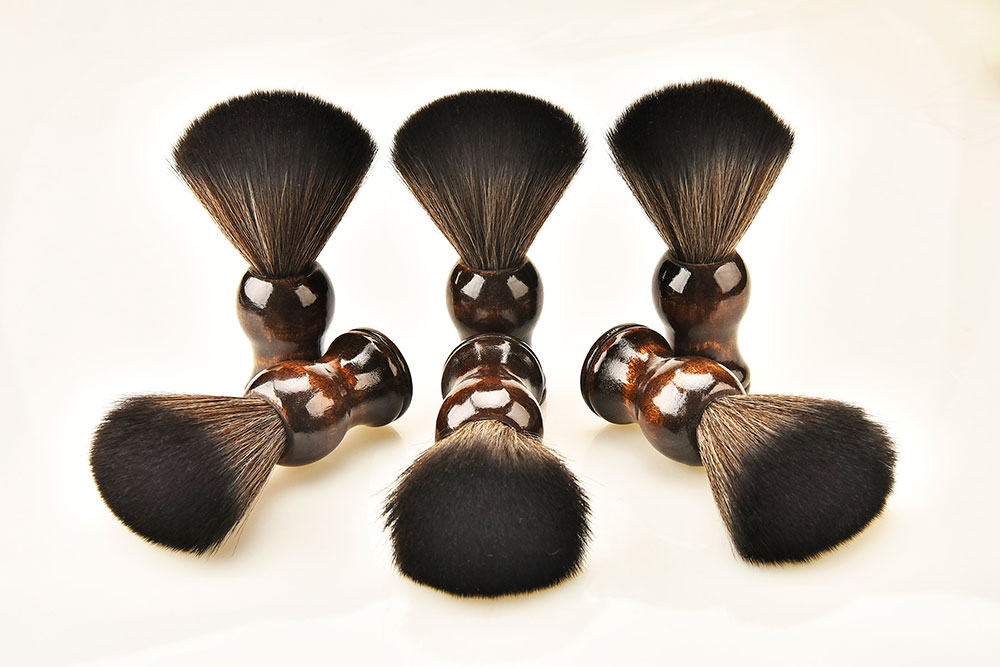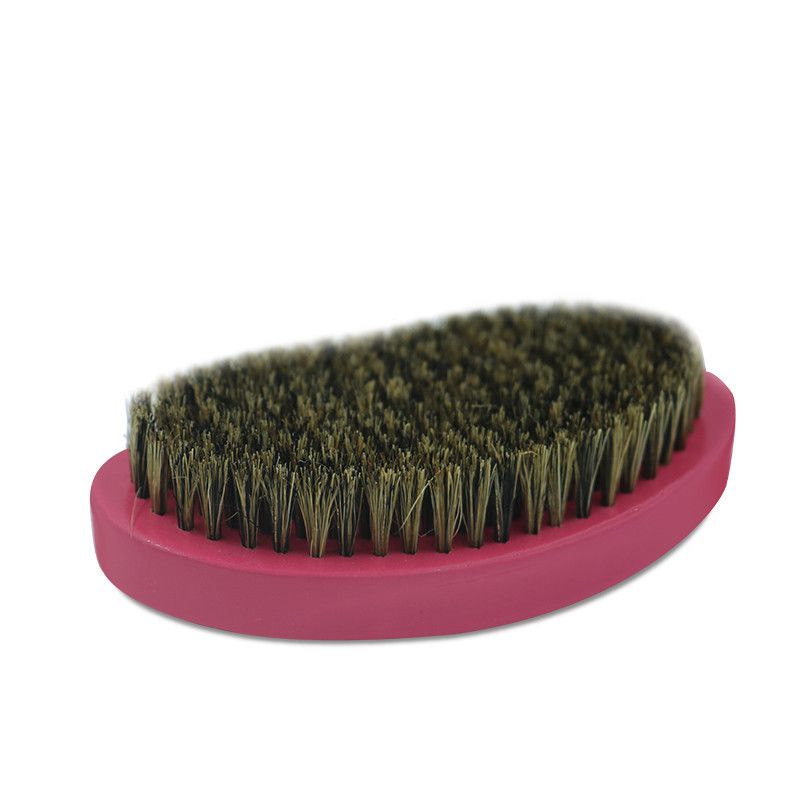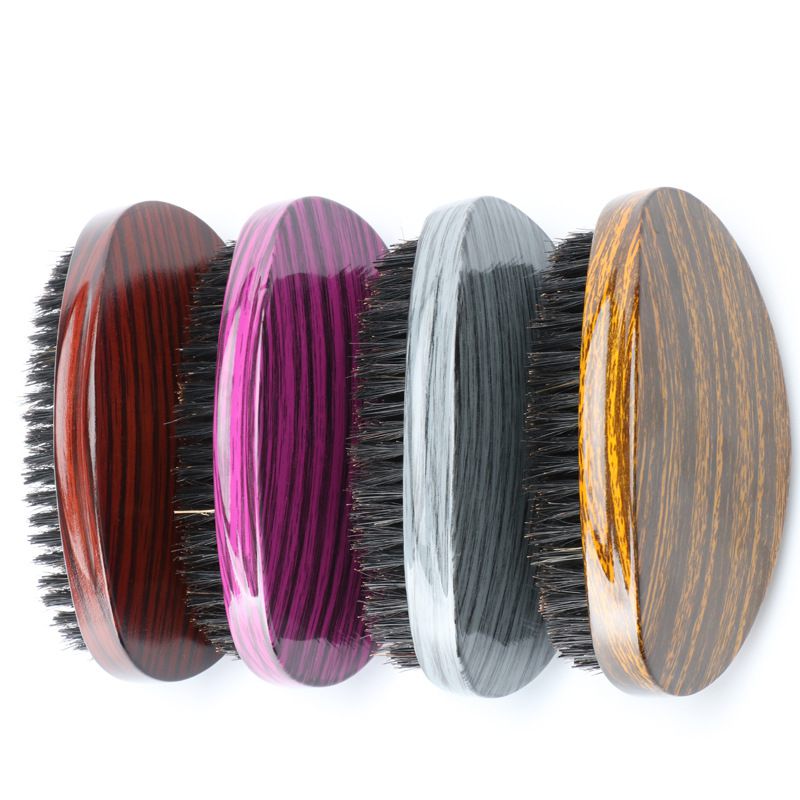Industry news
Shaving Brush Market Forecast: 12% Growth Expected by 2028
- 499 Views
- 2025-10-28 02:31:06
Shaving Brush Market Forecast: 12% Growth Expected by 2028
The global shaving brush market is poised for significant expansion, with industry reports projecting a 12% compound annual growth rate (CAGR) from 2023 to 2028. This growth trajectory reflects evolving consumer preferences, rising demand for premium grooming products, and the integration of innovative materials and technologies in product development.
Key Drivers of Growth

Central to this expansion is the growing emphasis on men’s grooming rituals. Modern consumers, particularly millennials and Gen Z, view shaving as more than a routine—they seek a luxurious, sensory experience, driving demand for high-quality tools like shaving brushes. Premiumization trends are evident, with consumers willing to invest in brushes made from premium materials such as badger hair, boar bristle, and advanced synthetic fibers, which offer better lather, gentler exfoliation, and longer product life.
E-commerce has emerged as a critical enabler, breaking down geographical barriers and making niche brands accessible to global audiences. Direct-to-consumer (DTC) models, coupled with social media marketing (e.g., TikTok and Instagram tutorials on “wet shaving”), have amplified brand visibility, especially among younger consumers eager to adopt traditional grooming practices with a modern twist.
Material innovation is another key driver. Synthetic brush fibers, once seen as inferior, now rival natural hair in performance, offering hypoallergenic properties, cruelty-free credentials, and consistent quality—appealing to eco-conscious and ethical consumers. Manufacturers are also experimenting with sustainable handle materials, such as bamboo, recycled resin, and FSC-certified wood, aligning with global sustainability goals.

Emerging Trends Shaping the Market
Sustainability is no longer a niche concern but a mainstream demand. Brands are prioritizing eco-friendly packaging (biodegradable boxes, minimal plastics) and circular business models (recycling programs for old brushes). Customization is also gaining traction, with options for personalized engravings, color-coded handles, and brush head sizes tailored to facial contours, enhancing consumer loyalty.
Tech integration is reshaping product functionality. Antimicrobial coatings on brush fibers reduce bacterial growth, while ergonomic handle designs, developed using 3D modeling, improve grip and comfort. Smart packaging with QR codes links users to care guides and product origin stories, fostering transparency—a key value for today’s informed consumers.

Regional Dynamics
North America and Europe dominate the market, driven by high disposable incomes and a strong culture of premium grooming. However, the Asia-Pacific region is expected to register the fastest growth, fueled by rising middle-class populations in China and India, urbanization, and increased exposure to Western grooming trends via media and travel. In these markets, affordable yet stylish synthetic brushes are gaining ground, balancing quality and accessibility.
Challenges and Opportunities
Despite optimism, the market faces hurdles. Volatility in natural hair prices (e.g., limited badger hair supply) and competition from disposable shaving foams and electric razors pose challenges. To counter this, manufacturers are investing in R&D to develop cost-effective synthetic alternatives that mimic natural hair’s water retention and lathering abilities.
Opportunities lie in untapped segments: women’s shaving brushes, a nascent category, and travel-sized brushes for on-the-go consumers. Collaborations with barbershops and grooming salons for product placement, alongside educational campaigns highlighting the benefits of wet shaving (reduced skin irritation, closer shave), can further expand market reach.
Outlook for 2028
By 2028, the shaving brush market is set to thrive, driven by a blend of tradition, innovation, and consumer-centricity. Brands that prioritize sustainability, leverage digital channels, and adapt to regional preferences will lead the charge, turning a functional tool into a symbol of self-care and lifestyle. As the industry evolves, the 12% growth forecast underscores not just a market expansion, but a cultural shift toward intentional, sensory-rich grooming experiences.











